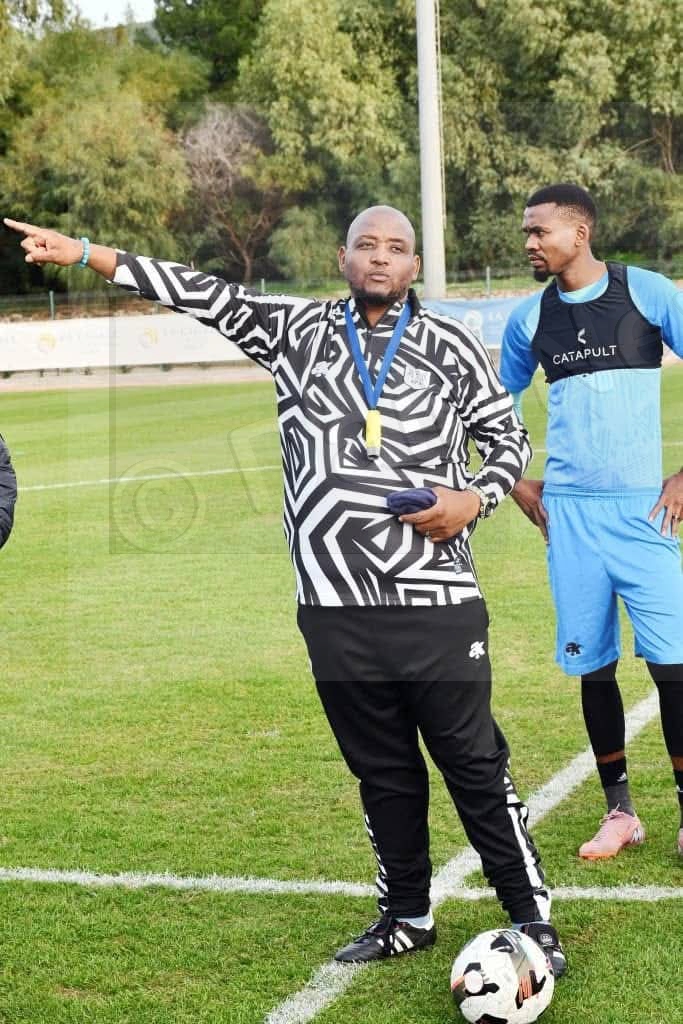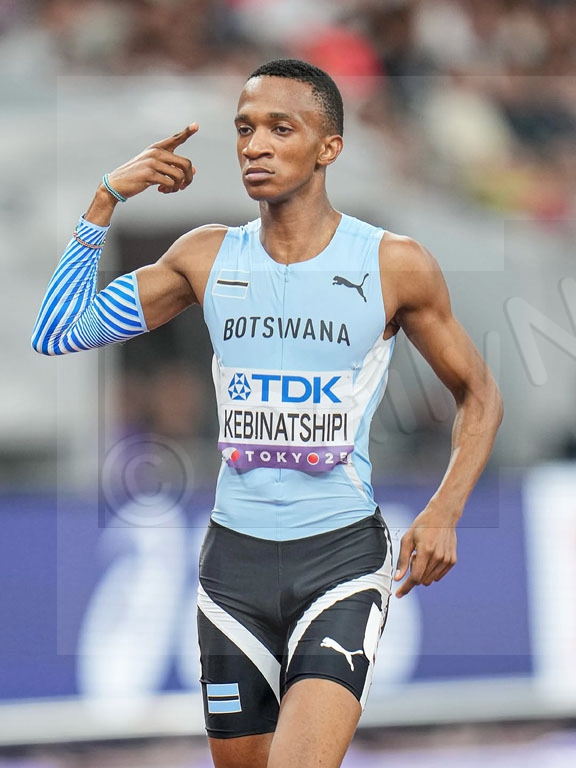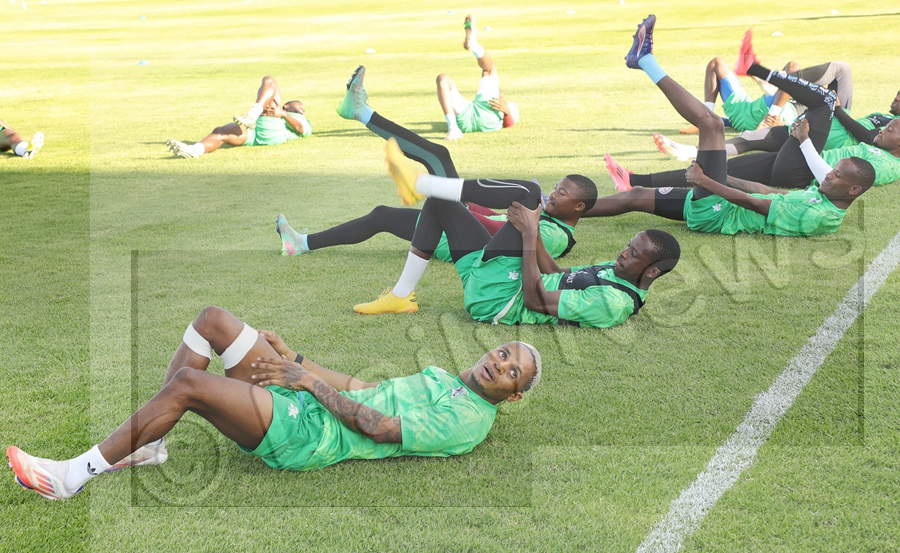Botswana rise in sport from dusty ground to world glory
06 Nov 2025
Botswana’s sporting story reflects determination and rising excellence, from the dusty grounds to the synthetic tracks of the world.
For the country, sport has become more than just recreation; it is a national expression of pride, potential, and identity.
As names like Letsile Tebogo, Collen Kebinatshipi, Tumisang Orebonye, Sedilame Bosija, Refilwe Tholakele, and Ross Branch echo across stadiums, arenas, and global circuits, one truth becomes increasingly clear; Botswana’s sporting spirit has never been stronger and its infrastructure must keep pace.
In recent years, Botswana has found itself among the continent’s rising powers in sport, in football, Tumisang Orebonye and Refilwe Tholakele have been flying the flag high, representing Botswana in top leagues across Africa and beyond.
Goalkeeper Sedilame Bosija, with her commanding presence in women’s football, and Collen Kebinatshipi, a rising star in track and field, embody the determination and discipline that define Botswana’s new generation of athletes.
These success stories are not mere coincidences but the fruits of deliberate national investments in sport development particularly through initiatives such as the Centres for Sport Excellence (CSEs), Re Ba Bona and Elite Scholarship programmes, and many other grassroots developmental programmes anchored by National Sport Associations.
At the grassroots level, the Re Ba Bona Ha programme has been a cornerstone of talent identification and nurturing.
Managed by the Botswana National Sport Commission (BNSC), the initiative has introduced structured coaching and training to children as young as seven years old, across multiple sporting codes. For many, this is where dreams begin on community fields, guided by passionate volunteers and coaches who see raw potential long before it is refined.
Complementing this, CSEs play a critical role in bridging grassroots development and elite performance. These centers serve as specialised training environments within selected schools, offering talented young athletes access to quality coaching, advanced training programmes, and educational support under one system.
The CSEs provide structured pathways for athletes to progress from school-level participation to elite competition, ensuring that talent is not lost along the way. Importantly, investment in infrastructure at CSEs including modern facilities, equipment, and sport science support is essential for nurturing athletic potential.
Properly resourced CSEs would enable consistent talent identification, athlete monitoring, and the integration of academic and sporting excellence, positioning Botswana to produce well-rounded athletes ready for international stages.
Meanwhile, the Elite Scholarship Scheme has taken these nurtured talents and turned them into excellent competitors.
By providing financial, academic, and professional support to Botswana’s most promising athletes, the scheme bridges the gap between ambition and achievement.
Through these pathways, athletes like Mark Nawa of tennis have transitioned from local prodigies to international icons inspiring an entire generation.
Yet, beneath these inspiring narratives lies a sobering reality: much of Botswana’s sporting infrastructure is aging, limited, or overstretched.
Many training grounds across the country lack modern equipment, adequate lighting, or even proper maintenance. In some rural areas, talented young athletes still train on gravel fields or makeshift tracks, without access to physiotherapy, nutrition, or sport science support.
This gap in infrastructure threatens to stall the progress that the country has worked so hard to achieve.
If Botswana is to continue producing elite athletes, the environment in which they train, compete, and recover must evolve in tandem.
Investing in infrastructure is not just about building more stadiums it is about creating systems. From regional sport academies to high-performance centers, from modernised community pitches to sport-specific medical facilities, Botswana’s next big leap depends on how intentionally it builds the backbone of its sporting ecosystem.
There are, however, promising signs of commitment. The government, through the Ministry of Sport and Arts, continues to prioritise sport as a key component of national development.
The refurbishment of facilities such as the National Stadium, Obed Itani Chilume Stadium, and other regional grounds reflects an awareness of the need to upgrade.
Corporate partnerships are also emerging as crucial allies. Companies such as Lucara Botswana, Debswana, Betway, DTCB, Orange Botswana and many more have collaborated with sport entities through events, athletes, and community programmes creating a more vibrant and sustainable sport economy.
These partnerships underline the fact that sport is not a social expense, but a strategic investment one that fuels national pride, tourism, health, and youth empowerment.
Despite these strides, Botswana faces persistent challenges, funding remains uneven, often concentrated in a few high-performing codes such as athletics and football, while others struggle for recognition.
Additionally, talent retention is an issue; many young athletes drop out due to limited pathways to professionalisation or insufficient support systems.
There is also the challenge of maintenance of existing facilities frequently deteriorate due to poor upkeep and management.
Without a structured facilities management model, newly built infrastructure risks becoming white elephants within a few years.
To sustain and accelerate the current trajectory, Botswana needs a coordinated national Sport Infrastructure Development Strategy one that integrates local government, private sector, and community participation.
Botswana’s sporting journey is still unfolding and it is rich with promise. The success of athletes proves that when talent meets opportunity, greatness follows. But opportunity thrives best in environments built for excellence.
As the nation looks ahead to its Vision 2036 aspirations, sport must remain central not just as entertainment, but as a driver of unity, health, and economic empowerment. The next generation of champions is already out there, running barefoot on dusty fields, dreaming of podiums and medals.
It is now up to policymakers, investors, and citizens to ensure that when their moment comes, they will not just have the talent, but also the tools, the facilities, and the infrastructure to shine.
Despite the shortcomings, not all is lost given that presenting the National Development Plan (NDP 12) in Parliament recently, Minister of Sport and Arts Jacob Kelebeng said refurbishment of Sport facilities was critical to support sport development programmes and initiatives.
He said during NDP 12, focus would be on refurbishing the existing sporting infrastructure and developing community-based facilities for optimal use and for grassroots development to thrive.
“The athletics specific track facility and horse race course as a new product in Botswana will be developed to diversify the sport product and promote both international and domestic sport tourism,” he said. ENDS
Source : BOPA
Author : Anastacia Sibanda
Location : Gaborone
Event : Interview
Date : 06 Nov 2025





